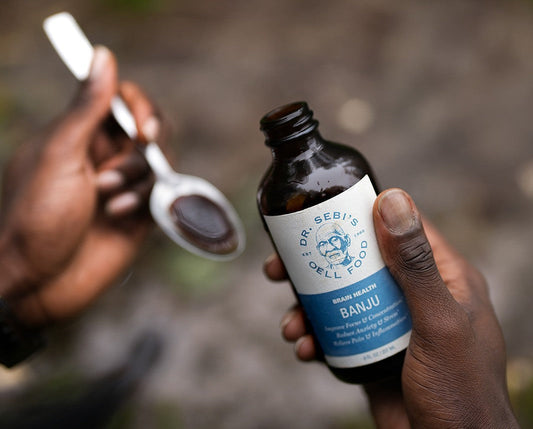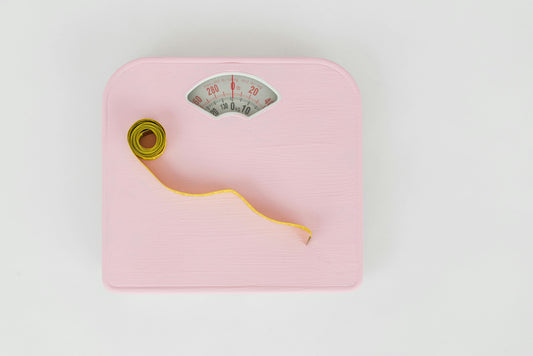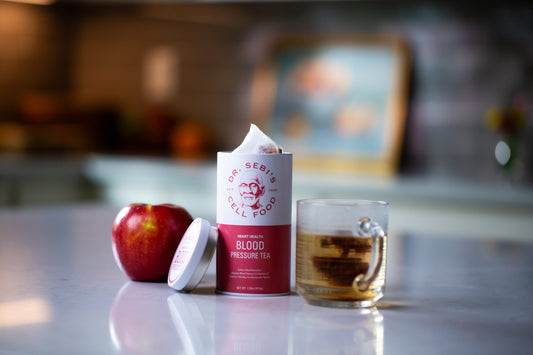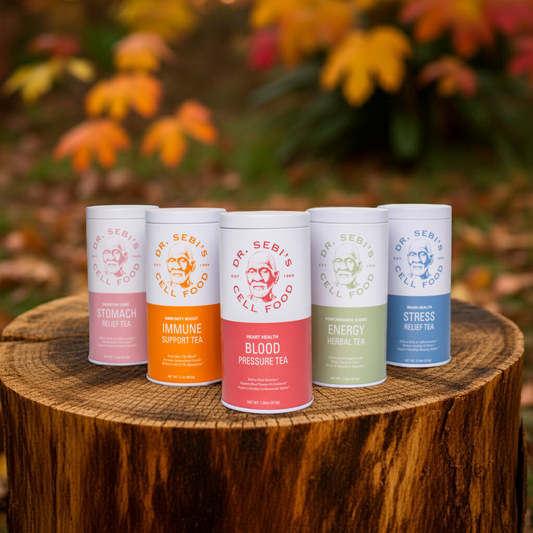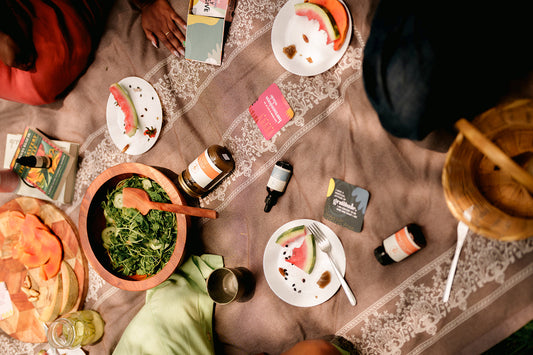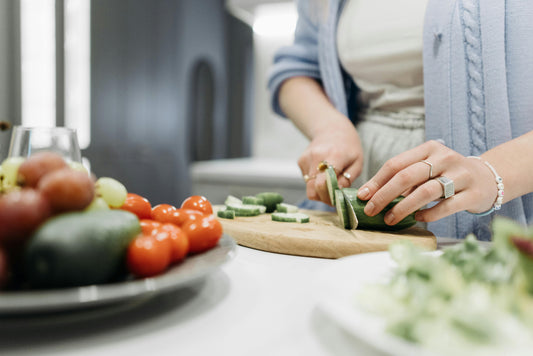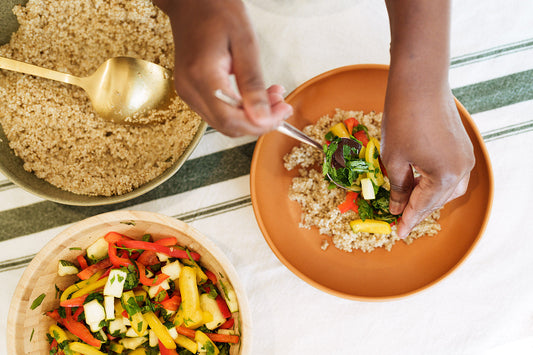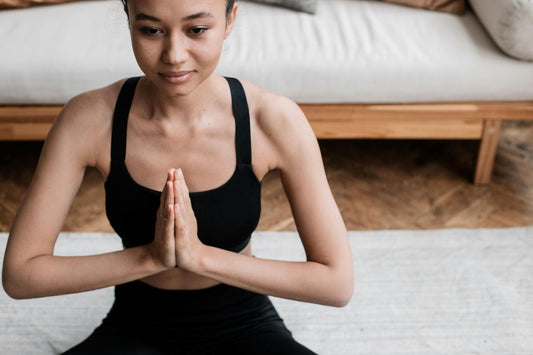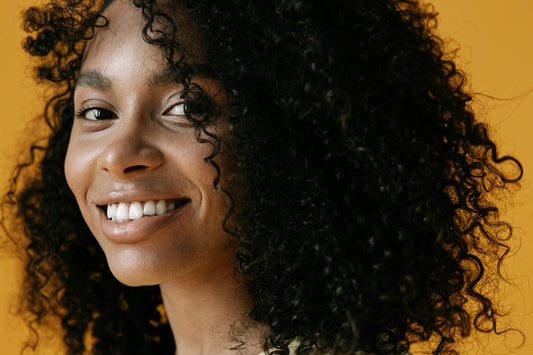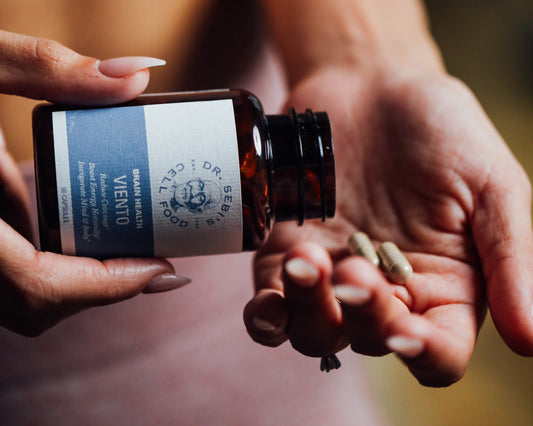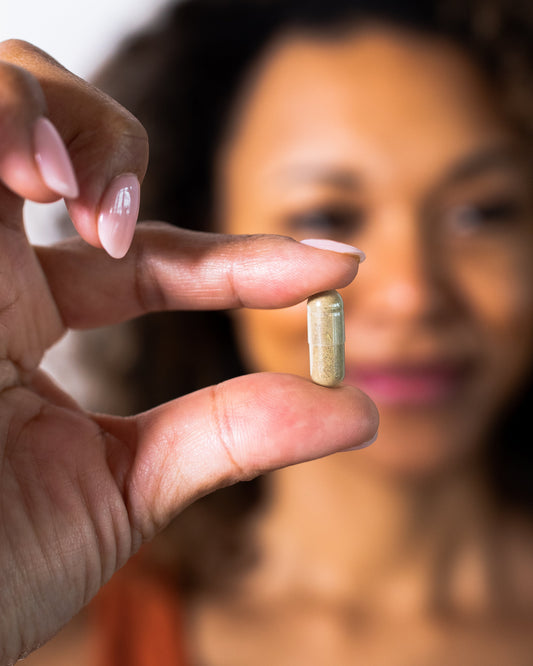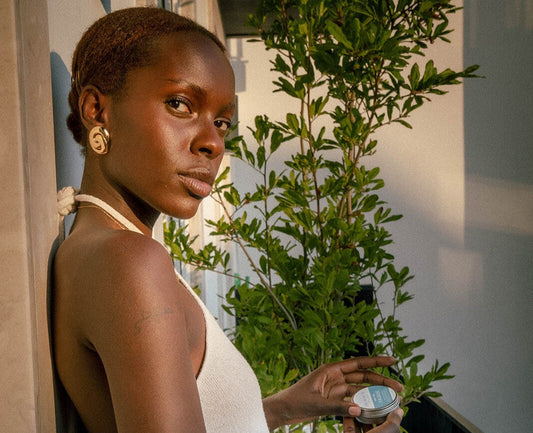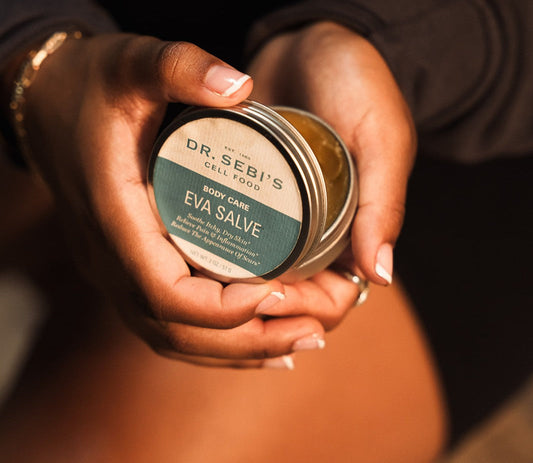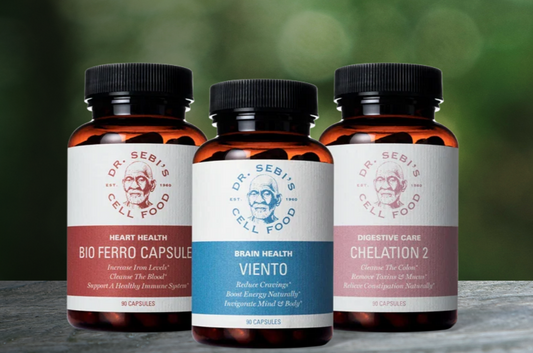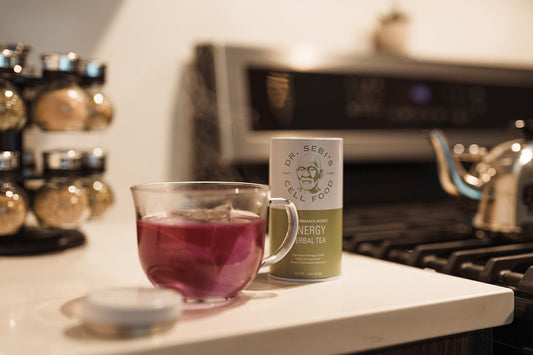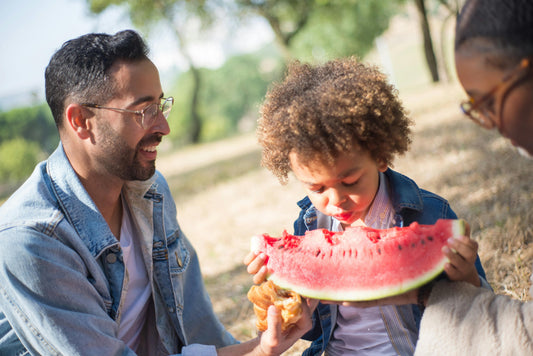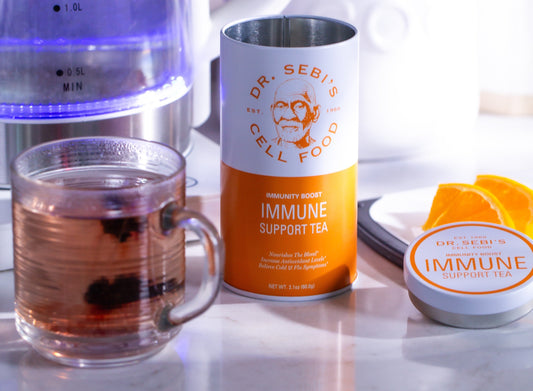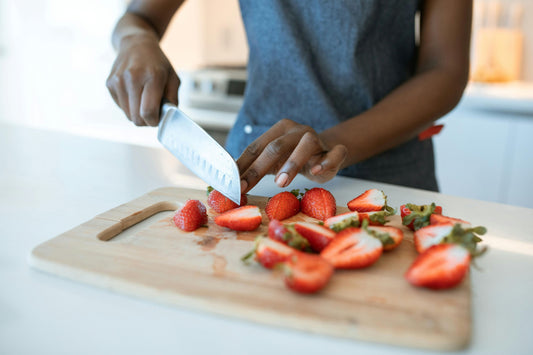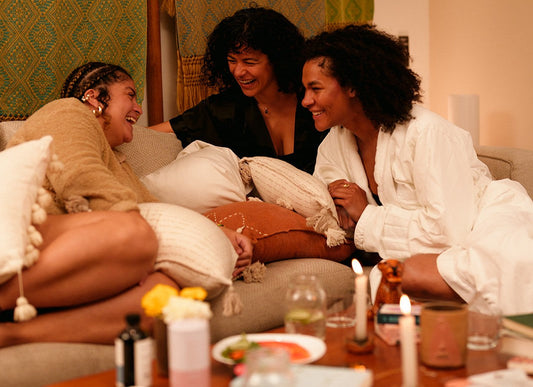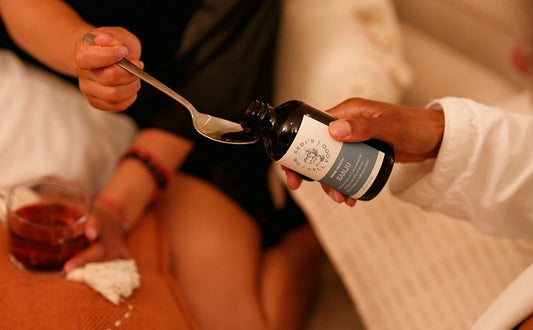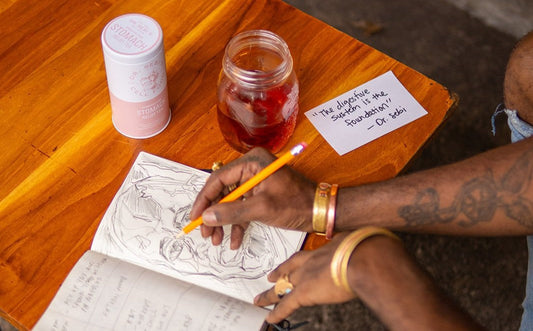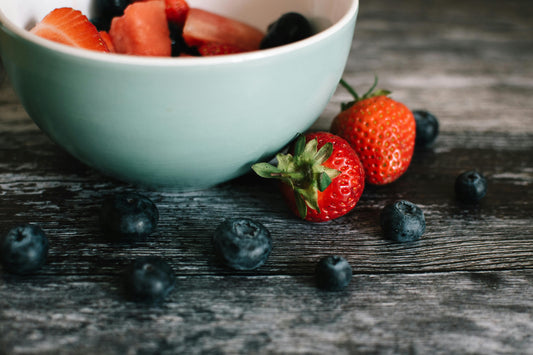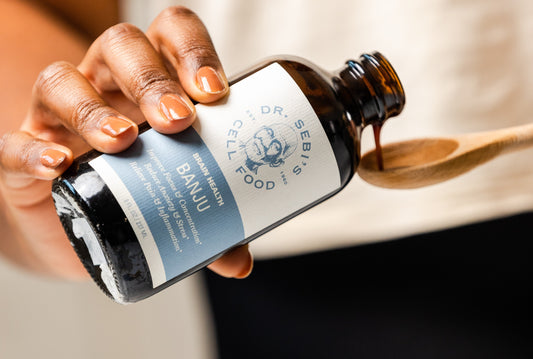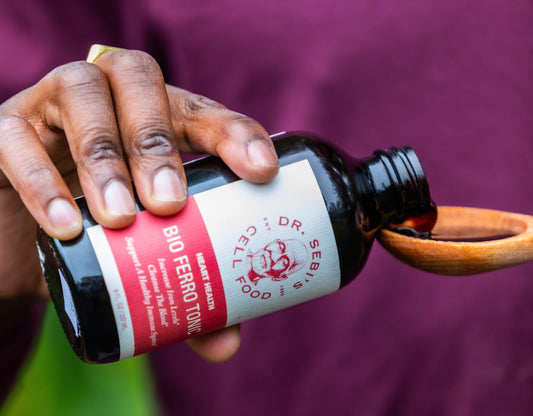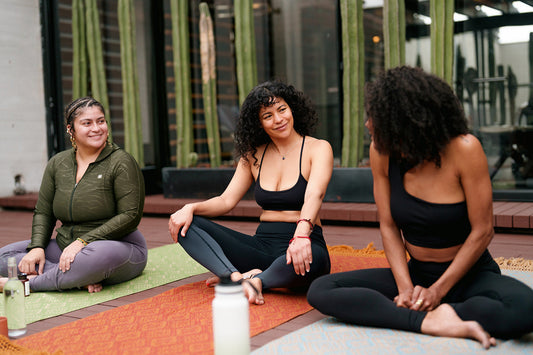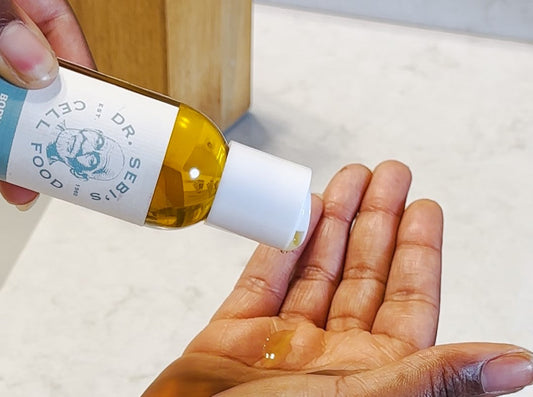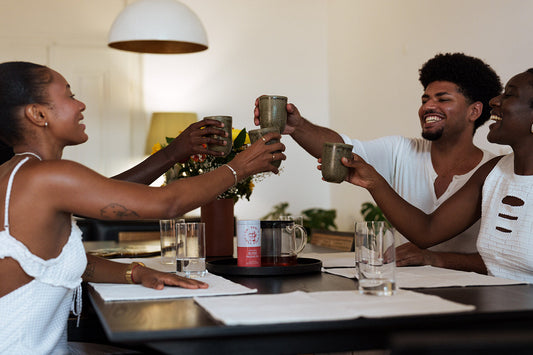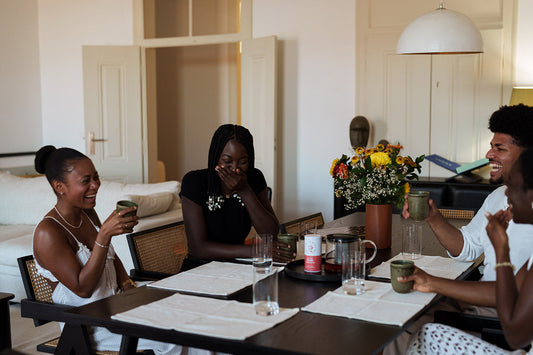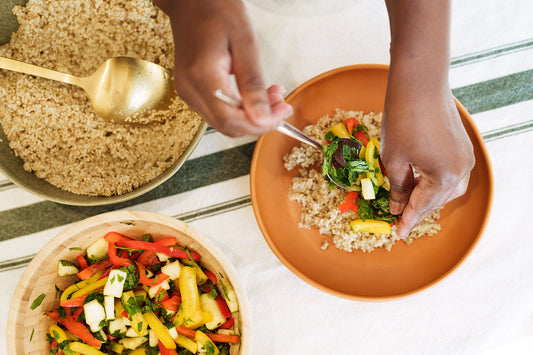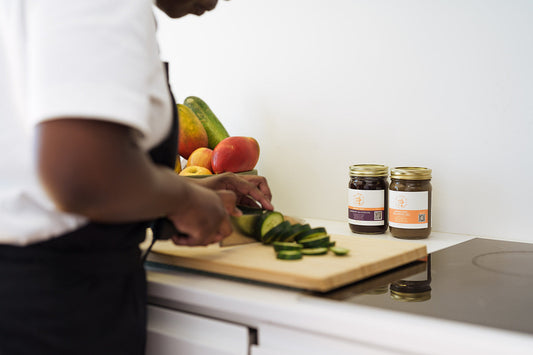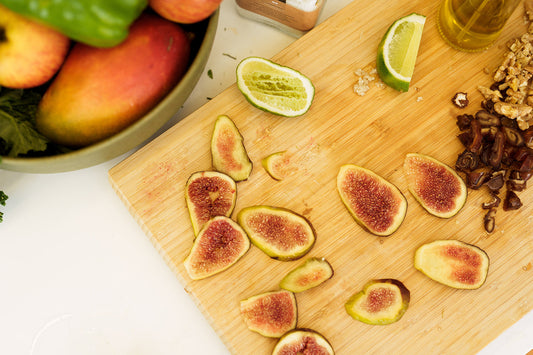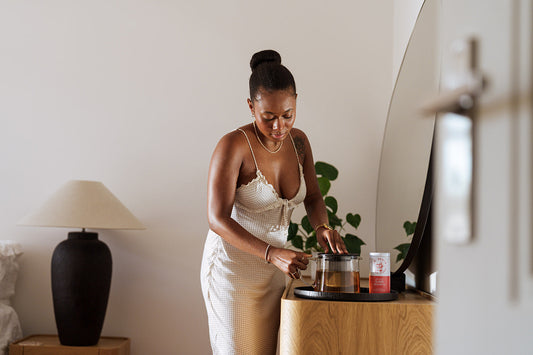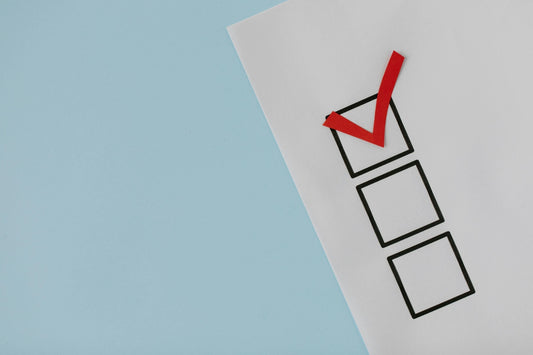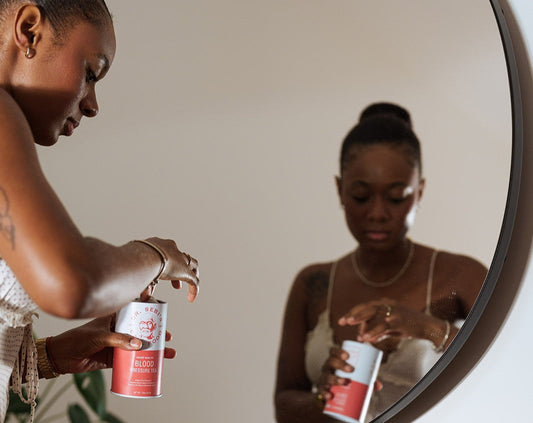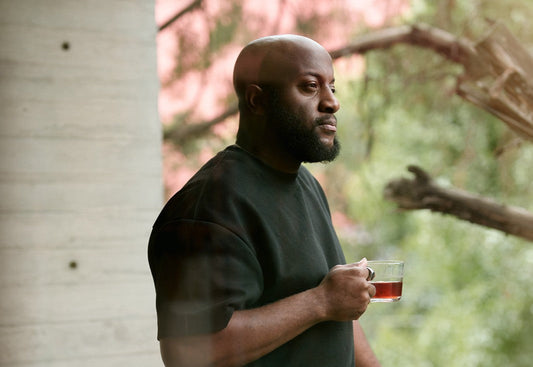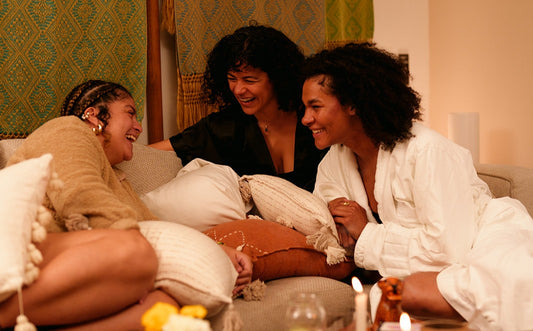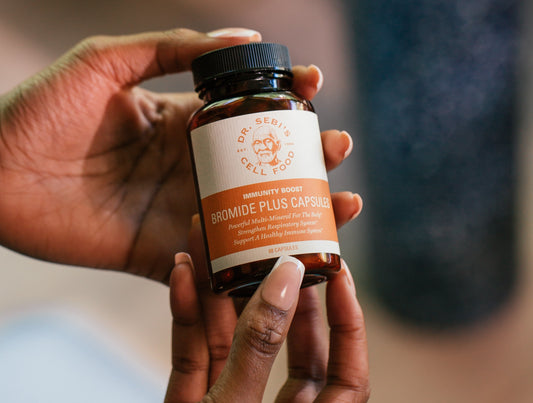Longevity isn’t just about living longer; it’s about quality of life & living well, and yoga offers the perfect blueprint for a balanced, healthy life.
For centuries, yoga has been celebrated for its ability to promote flexibility, build strength, and improve balance, but its health benefits go far beyond the physical. Regular practice can help reduce stress, improve mental clarity, and support emotional resilience, all of which are key to living a long, healthy life.
In line with Dr. Sebi’s philosophy of nurturing the whole self, yoga encourages a deep connection between the mind, body, and spirit. By incorporating yoga into a holistic, alkaline lifestyle, you can unlock its power to increase longevity—supporting not only physical health but also mental and emotional well-being as you age.
7 Yoga Poses for Longevity
These seven yoga poses are powerful tools to support healthy aging, improving flexibility, strength, balance, and overall vitality. Incorporate them into your yoga practice as individual poses or all together in one session.
1. Mountain Pose (Tadasana)
Mountain pose is the foundation of all standing poses and promotes good posture, which is essential for maintaining balance and alignment as we age. This simple, yet effective pose helps strengthen the legs and core and improve body awareness.
- Stand tall with your feet together and arms by your sides.
- Distribute your weight evenly across both feet.
- Engage your core, lift your chest, and lengthen your spine.
- Let your shoulders relax away from your ears, and breathe deeply.
- Hold the pose for 30 seconds to 1 minute, focusing on your alignment.
2. Tree Pose (Vrksasana)
Tree pose is excellent for improving balance, which is crucial for preventing falls and maintaining stability as we age. It also strengthens the legs and core, while promoting focus and concentration.
- Stand tall in mountain pose.
- Shift your weight onto your right foot, keeping your leg strong.
- Place your left foot on the inside of your right thigh or calf (avoid the knee).
- Bring your hands together at your chest or extend them overhead.
- Hold for 30 seconds to 1 minute, then switch sides.
3. Chair Pose (Utkatasana)
Chair pose strengthens the lower body, particularly the thighs, hips, and glutes, which are essential for mobility and independence as we age. It also engages the core and helps build stamina.
- Stand with your feet together, arms by your sides.
- Inhale and raise your arms overhead, palms facing each other.
- Exhale and bend your knees as if you are sitting back into a chair.
- Keep your weight in your heels and your chest lifted.
- Hold for 30 seconds to 1 minute, focusing on your breath.
4. Downward Dog (Adho Mukha Svanasana)
Downward dog is a full-body stretch that promotes flexibility in the spine, shoulders, and hamstrings. It also helps improve circulation, boosts energy, and strengthens the upper body.
- Start on your hands and knees, with your wrists under your shoulders and knees under your hips.
- Spread your fingers and press into your palms.
- Tuck your toes and lift your hips toward the ceiling, straightening your legs.
- Keep your spine long, and press your heels toward the floor (they don’t have to touch).
- Hold for 1 minute, taking deep breaths.
5. Warrior II (Virabhadrasana II)
Warrior II builds strength, stability, and mobility in the legs, core, and shoulders, while also promoting focus and endurance, helping you stay physically and mentally strong as you age.
- Stand with your feet wide apart, about 3 to 4 feet.
- Turn your right foot out 90 degrees and your left foot slightly inward.
- Raise your arms parallel to the floor, palms facing down.
- Bend your right knee over your ankle, keeping your left leg strong.
- Hold for 30 seconds to 1 minute, then switch sides.
6. Bridge Pose (Setu Bandhasana)
Bridge pose strengthens the spine, glutes, and hamstrings, supporting back health and flexibility. It also helps open the chest and shoulders, improving posture and promoting deep breathing.
- Lie on your back with your knees bent and feet hip-width apart.
- Place your arms by your sides, palms facing down.
- Press into your feet and lift your hips toward the ceiling.
- Roll your shoulders underneath you and clasp your hands if comfortable.
- Hold for 30 seconds to 1 minute, then slowly release.
7. Seated Forward Bend (Paschimottanasana)
Seated forward bend stretches the hamstrings, lower back, and spine, promoting flexibility and easing tension in the body. It’s also calming for the mind, helping reduce stress, and promoting relaxation.
- Sit with your legs extended in front of you, feet flexed.
- Inhale and lengthen your spine, reaching your arms overhead.
- Exhale and fold forward from your hips, reaching toward your feet.
- Keep your spine long, and hold onto your shins, ankles, or feet.
- Hold for 1 minute, breathing deeply.
Breathwork (Pranayama) for Longevity
Proper breathing techniques, or pranayama, play a crucial role in promoting longevity. When practiced regularly, pranayama helps optimize the body’s oxygen intake, ensuring that every cell receives the nourishment it needs to function at its best. This not only boosts energy levels and reduces stress but also supports lung health and heart health.
In addition, pranayama helps activate the parasympathetic nervous system, which promotes relaxation and reduces the body’s stress response. Since chronic stress is a major contributor to aging, practicing breathwork can help minimize its harmful effects and promote emotional resilience.
Deep Belly Breathing (Diaphragmatic Breathing)
This technique encourages full, deep breaths that expand the diaphragm, enhancing lung capacity and increasing oxygen flow to the body.
To practice, sit comfortably and place one hand on your abdomen. Inhale deeply through your nose, allowing your belly to rise as you fill your lungs, and then exhale slowly through your mouth.
Alternate Nostril Breathing (Nadi Shodhana)
This technique balances the left and right hemispheres of the brain, helping to calm the mind, reduce stress, and improve focus.
To practice, sit comfortably and close your right nostril with your thumb. Inhale through the left nostril, then close the left nostril with your ring finger and exhale through the right. Alternate sides for several cycles, maintaining a steady rhythm.
How Yoga Supports Longevity
Yoga’s impact on longevity is profound, offering benefits that enhance both physical and mental health, which are essential for aging gracefully.
Increases Flexibility and Mobility
As we age, maintaining flexibility and joint health becomes crucial for preventing injuries, preserving mobility, and maintaining independence. Yoga helps keep the muscles and joints limber, reducing stiffness and increasing the range of motion, which is key for performing everyday activities with ease.
Boosts Strength and Balance
Strong muscles and a solid core help protect against falls—one of the most common causes of injury in older adults. And yoga is a full-body practice that builds strength, particularly in the core and lower body. Many poses also require balance, which improves coordination and stability, ensuring you can move through life with greater ease and confidence.
Reduces Stress and Promotes Emotional Resilience
Chronic stress is a silent accelerator of aging, contributing to inflammation, high blood pressure, and weakened immunity. Yoga’s focus on mindful breathing and meditation calms the nervous system, reducing the body’s stress response. Regular practice helps lower cortisol levels and promotes emotional resilience, allowing you to handle life’s challenges with grace.
Improves Circulation
Healthy circulation is key to heart health, and yoga helps improve blood flow throughout the body. Inversions and stretching poses stimulate circulation, delivering oxygen-rich blood to your cells and tissues.
Give these poses and exercises a try, and see how much change you can experience in the next few weeks, months, and years. Remember, consistency is key on this health journey.





